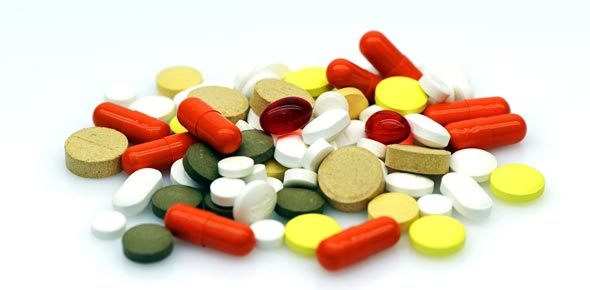ATUALLY most of these drugs are contraindicated with MAOI's. But Dr B seems to think Tyramine is the most important.
SUPER IMPORTANT CLINICAL NOTE: (not on mini)
Tyramine occurs widely in plants and animals, and is metabolized by the enzyme monoamine oxidase. In foods, it is often produced by the decarboxylation of tyrosine during fermentation or decay. Foods containing considerable amounts of tyramine include meats that are potentially spoiled or pickled, aged, smoked, fermented, or marinated (some fish, poultry, and beef); most pork (except cured ham); chocolate; alcoholic beverages; and fermented foods, such as most cheeses (except ricotta, cottage cheese, cream cheese and neufchatel cheese), sour cream, yogurt, shrimp paste, soy sauce, soy bean condiments, teriyaki sauce, tofu, tempeh, miso soup, sauerkraut, broad (fava) beans, green bean pods, Italian flat (Romano) beans, snow peas, avocados, bananas, pineapple, eggplants, figs, red plums, raspberries, peanuts, Brazil nuts, coconuts, processed meat, yeast, and an array of cacti.
















